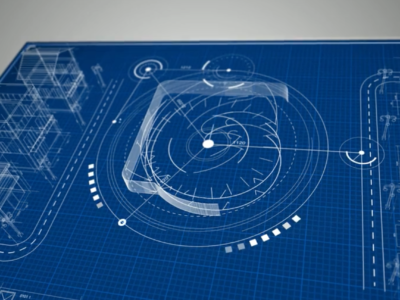Handle With Care: How to Avoid Accidentally Preempting Your Own Patent
April 23, 2024
By R. Benjamin Peeler, IV
One of the fundamental requirements for patent eligibility is an invention’s novelty, or “newness”. Simply put, you cannot get a patent for an invention that somebody else has already invented. When determining the patentability of an invention, it is of utmost importance that you examine the “prior art”, that is, all the inventions in human history, to see if somebody else has already come up with your invention. Anything that has already been patented, described in a printed publication, in public use, is for sale, or otherwise available to the public is considered prior art. If prior art describing your invention exists before you file your patent application, then you cannot get a patent because your invention is considered preempted and not novel. While determining the prior art related to your invention sounds like a daunting task, I have covered the basics of how to conduct a prior art search in a previous blog post, Beginner Tips to Doing a Patent Search: How to Know if Your Invention is New.
What many inventors do not realize is that their own disclosures can count as prior art, and can even prevent their inventions from being patentable. If you have written about your invention, sought investor funding for your invention, sold or invention, or similarly made your invention available to the public, your invention is considered prior art, which can preempt your patent. In fact, earlier this year the Federal Circuit Court of Appeals issued a decision in Weber v. Provisur Technologies, Inc. holding that operating manuals containing confidentiality restrictions sent to ten different customers qualified as prior art printed publications. The court identified the relevant issue as “public accessibility” and “whether interested members of the relevant public could locate the reference by reasonable diligence.” The Weber court relied on Weber’s instruction that customers transfer the manuals to new owners after resale of the machines, distributing new operating manuals to customers after they purchased the machines, and its policy of distributing new manuals upon customer request. Thus, even if you have taken measures to prevent the widespread distribution of your invention, even a limited disclosure can make your invention be considered prior art.
If you have disclosed your own invention so that it is prior art, there is a limited exception preventing your prior art from preempting your own patent. If you file a patent application within one year of your disclosure, then your disclosure will not count against you as prior art. Notwithstanding, you should always take care to avoid public disclosures when at all possible. First, the clock to file your patent application starts ticking from the date of your first disclosure, placing a preventable and burdensome deadline on your plans. Second, disclosure invites avoidable uncertainty into the novelty inquiry a patent examiner will undertake, which is something a vigilant competitor may exploit to try to invalidate your patent. Third, even if you can overcome the prior art issue with the one-year exception, disclosure will likely add unnecessary expenses to the prosecution of your patent.
If you must tell someone else about your invention, for example to secure investor funding or for testing purposes, then it is critical that you take precautions necessary to prevent your disclosure from being considered prior art. As the Weber court has shown, a simple confidentiality provision is not enough on its own. A seasoned patent attorney can assist you in taking the important steps to ensure that you do not accidentally cause your own patent application to be rejected.
Ben Peeler is an associate attorney with Flint, Connolly, & Walker, LLP who represents clients in a variety of intellectual property matters, including patent filing and patent litigation matters.

